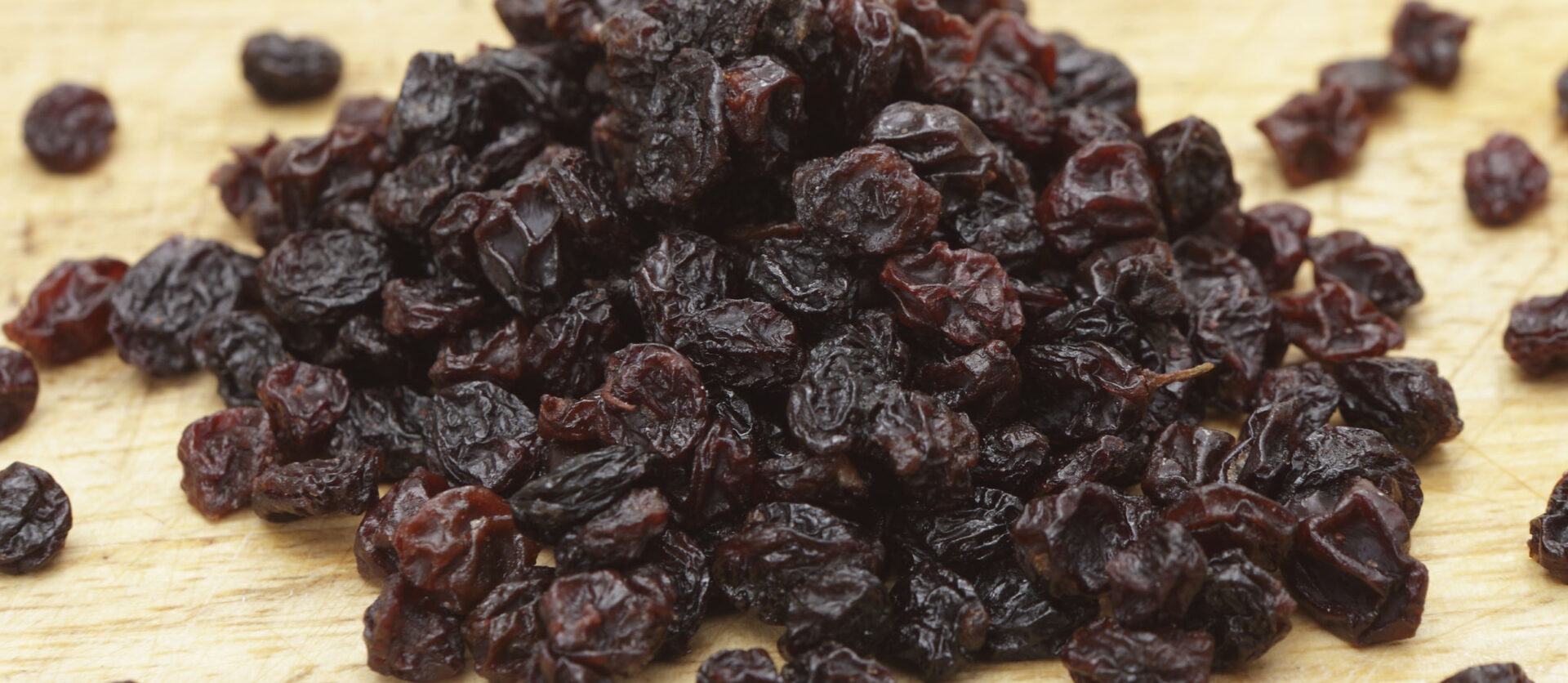
Currant Production and Trade

Shortly after the establishment of Venetian rule in 1484, Venice sought to repopulate Zakynthos with the resettlement of many Stradioti and refugees from mainland Greece to stimulate the production of grain. Not long after, it is reported Zakynthos was exporting grain mostly to Venice to meet the demand by its fleet.
As early as the 1540s, the increase in the cultivation of currants in Zakynthos and Cephalonia attracted the attention of the local Rettore. Even by 1533, there are reports of direct trade in currants between the Ionian Islands and England without the trade being routed via Venice and so avoiding duties. In response, Venice tried to stop the proliferation of currant plantations as they were deemed potentially dangerous for Zakynthos’s grain production. The situation had become so dire for Venice that by the early 1580s it is reported that Zakynthos had gone from being self-sufficient in grain to having only 3 months of supplies for local consumption and relying on imports from Ottoman territories. Venice recognised this was not viable in case of war with the Ottoman Empire. However, the farmers and merchants of Zakynthos continued to cultivate more currants – it was reported a field of currants yielded up to 60 ducats of profit, whilst a field of grain yielded around 6.
One of the primary reasons currants became so much more profitable than grain was the increasing demand from the English market and the emerging relationship with English merchants in evading customs duties. In 1545, for the first time, there was some alarm regarding customs evasion, as the local authorities on Zakynthos were concerned that foreign merchants, later identified as English, were exporting out of Zakynthos and Cephalonia with the support of local inhabitants. In 1580, the returning Rettori from Zakynthos and Cephalonia – Gabriele Emo and Alvise Lando – highlighted the increased English presence in the islands. Emo and Lando recommended that an additional levy be raised to offset their encroachment on local trade.
Despite this, currant production continued to grow becoming an important cash crop and a major factor behind economic fluctuations and outbreaks of civil unrest in Zakynthos for the next few centuries. Zakynthos became so synonymous for currants that the product became known as Zante Currant in England and is still called this in many English-speaking countries like the United States. However, as with most cash crops, currants became a wealth and a curse. It injected large sums of money into the local economy which made certain classes, capable of exploiting emerging credit structures, very wealthy which did not always coincide with a change in status. This led to societal tension. In addition, currant production and trade made Zakynthos and Cephalonia almost entirely reliant on one agricultural product making the islands vulnerable to changes in currant prices.
Today, currants are still grown in Zakynthos and were recently recognized as a Protected Designation of Origin (PDO) product by European Union.
Sigouros and Soumakis families
The rise of the currant product and trade in Zakynthos spurred the growth of several mercantile families, such as the Soumakis (Sumacchi) and Sigouros (Seguro), which played a key role in not only local but also international affairs. Some Zakynthian mercantile families had become so prominent in the currant trade, that most Venetians present in England in the last quarter of the sixteenth century were Greek subjects of the Republic, and some of them were Zakynthians. These Zakynthian mercantile families not only contributed to the commercial life of the island as merchants and ship captains but several members of those families became notable Stradioti, poets, chroniclers, diplomats, priests and even a Saint of the Orthodox Church. Their story provides a glimpse into the commercial and political links of elite Zakynthians during the early part of Venetian rule.